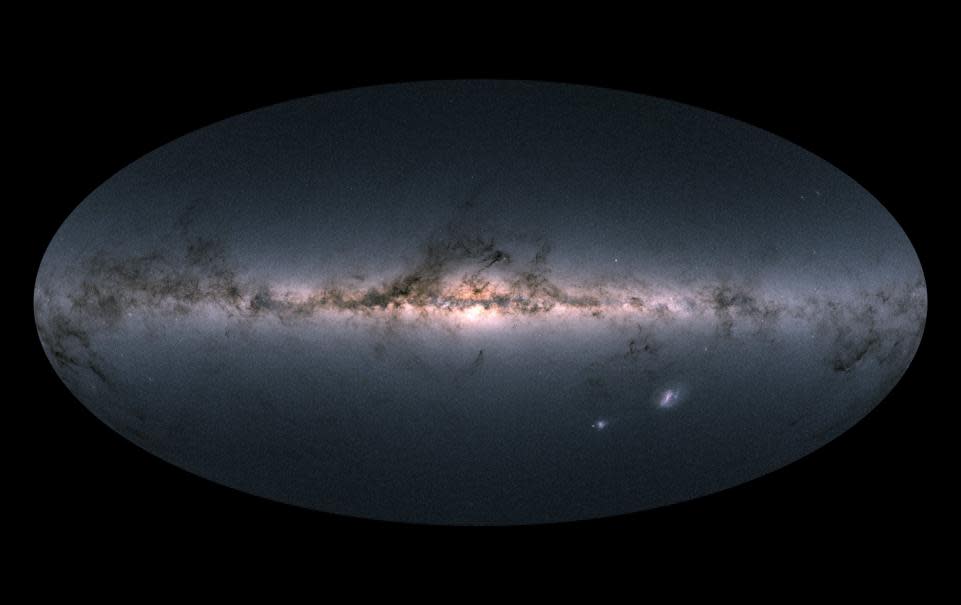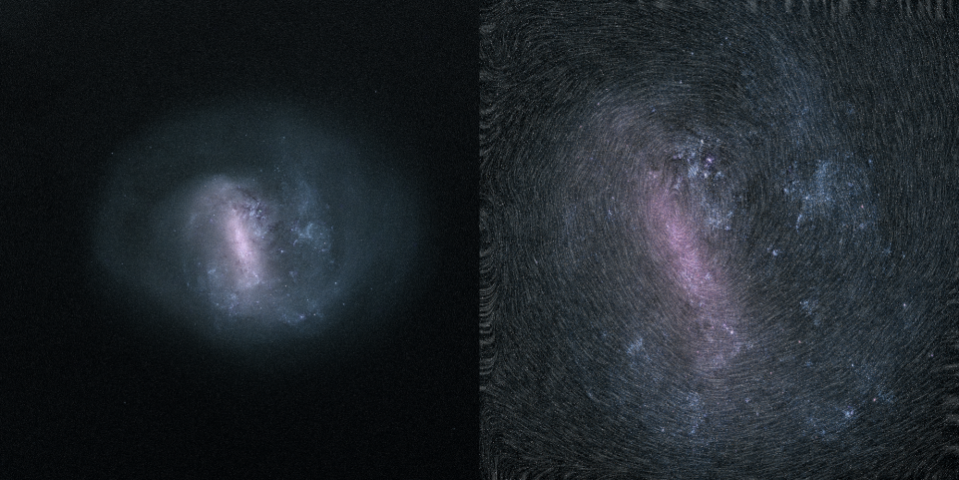Incredible map of our galaxy showing 1.7 billion stars could help us understand how it formed

A space telescope has captured an incredible ‘map’ of our home galaxy, the Milky Way after 22 months of imaging 1.7 billion stars in and around our Milky Way.
The images captured by the ESA’s Gaia mission shows off how stars move in our galaxy – which could help us understand how it formed.
Gaia was launched in December 2013.
The new ‘map’ is built from observations between 25 July 2014 and 23 May 2016, pins down the positions of nearly 1.7 billion stars with incredible precision.
MOST POPULAR TODAY ON YAHOO
Police launch sting on ‘lazy’ parents blocking residential street during school run
Wife ambushes husband’s lover at her home and shoots her dead before killing herself
Alfie Evans’ parents ‘to meet doctors’ as they discuss taking terminally ill youngster home
Parents of Alfie Evans lose latest legal battle in life-support row
Killers who tortured and murdered mother of two will never be freed from jail
For some of the brightest stars in the survey, the level of precision equates to Earth-bound observers being able to spot a Euro coin lying on the surface of the Moon.
‘The observations collected by Gaia are redefining the foundations of astronomy,’ says Günther Hasinger, ESA Director of Science.

‘Gaia is an ambitious mission that relies on a huge human collaboration to make sense of a large volume of highly complex data. It demonstrates the need for long-term projects to guarantee progress in space science and technology and to implement even more daring scientific missions of the coming decades.’

 Yahoo News
Yahoo News 

